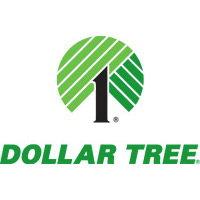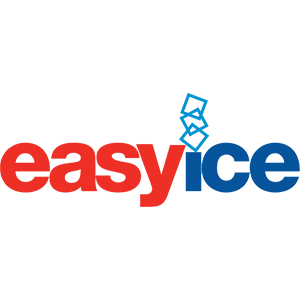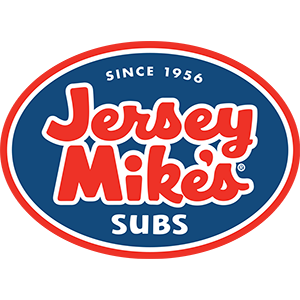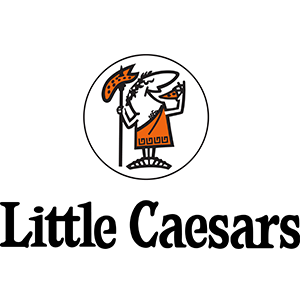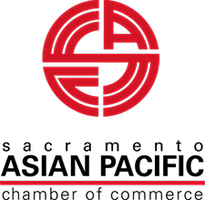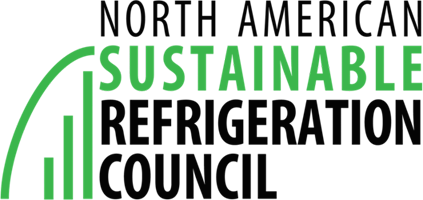In Commercial Refrigeration and HVAC
It has been stated that 30% of the energy used to heat or cool a building or a commercial refrigeration unit is wasted. This is caused by old commercial refrigeration equipment, inefficient HVAC equipment, leaks in the system, over-sized compressors, out of date refrigerants, and commercial refrigeration units that were not designed correctly from the start. All of these issues can have drastic impact on a company’s bottom line due to the ever increasing cost of energy.
old commercial refrigeration equipment, inefficient HVAC equipment, leaks in the system, over-sized compressors, out of date refrigerants, and commercial refrigeration units that were not designed correctly from the start. All of these issues can have drastic impact on a company’s bottom line due to the ever increasing cost of energy.
How Does Energy Optimization Work?
There are many ways to improve the efficiency of a commercial refrigeration or HVAC system. Some of them are expensive and some of them are not. The first step in improving the efficiency of your system and thereby reducing your energy costs would be an Energy Optimization Audit.
A technician certified in energy optimization can provide you with an audit that will clearly specify how to improve your heating and cooling efficiency. Ways to improve your energy optimization could include the following:
- Refrigerant Retrofits
- Eliminating Leaks In Your HVAC, Ventilation & Commercial Refrigeration Systems
- Installing Energy Efficient Lighting In Your Commercial Refrigeration Equipment
- Installing Modern Control Units
- Installing Variable Speed Motors On Heating and Cooling Equipment
- Upgrading To More Efficient Compressors For Your Commercial Refrigeration & HVAC Equipment
- Scheduling Regular Maintenance On Existing Refrigeration & HVAC Equipment
The recommendations from your Energy Optimization Audit can be simple and inexpensive ways to lower your energy costs or they could be more expensive. Simple, inexpensive ways to improve the efficiency of your commercial refrigeration or HVAC system could include regularly scheduled maintenance and eliminating leaks. More expensive recommendations to improve your energy efficiency could include replacing the compressors in your refrigeration equipment or HVAC system or possibly complete system upgrades.
The Results Of An Energy Optimization Audit
The bottom line is that energy savings means better business. If you’re wasting energy, and therefore money, needlessly it will continue to be a drag on your company’s profitability. An efficient business is a successful business. An Energy Optimization Audit will give you the tools, resources, and possibly even rebates necessary to improve the energy efficiency of your business.

 destroy the ozone layer if they are improperly released during refrigeration and air conditioning service. These chemicals include chlorofluorocarbons (CFCs), halons, and hydrochlorofluorocarbons (HCFCs). In fact, it is believe that release of these chemicals during poorly managed refrigeration and air conditioning service contributed to the “ozone hole” that now exists over the South Pole.
destroy the ozone layer if they are improperly released during refrigeration and air conditioning service. These chemicals include chlorofluorocarbons (CFCs), halons, and hydrochlorofluorocarbons (HCFCs). In fact, it is believe that release of these chemicals during poorly managed refrigeration and air conditioning service contributed to the “ozone hole” that now exists over the South Pole.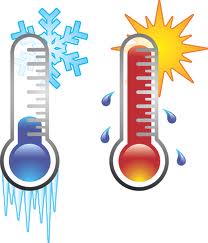 As much as half of the energy in homes and commercial environments goes to heating and cooling the structure. When perishable items or food items requiring to be held at temperature are involved then the heating and cooling costs go up even more. So making smart decisions on your heating and cooling equipment is vital to keep overhead down. Take these steps to maintain your heating and cooling equipment in proper working order and prevent unnecessary costs.
As much as half of the energy in homes and commercial environments goes to heating and cooling the structure. When perishable items or food items requiring to be held at temperature are involved then the heating and cooling costs go up even more. So making smart decisions on your heating and cooling equipment is vital to keep overhead down. Take these steps to maintain your heating and cooling equipment in proper working order and prevent unnecessary costs. The Stationary Equipment Refrigerant Management Program covers all non-residential, fixed commercial refrigeration equipment and requires the reduction of refrigerant emissions from commercial refrigeration with high global warming potential. In other words, AB-32 limits the use of chlorofluorocarbons, hydrochlorofluorocarbons, perfluorocarbons and hydrofluorocarbons. While these substances were already regulated by the Environmental Protection Agency (EPA) through the US Clean Air Act, the Refrigerant Management Program as it relates to commercial refrigeration expands their control within the state of California.
The Stationary Equipment Refrigerant Management Program covers all non-residential, fixed commercial refrigeration equipment and requires the reduction of refrigerant emissions from commercial refrigeration with high global warming potential. In other words, AB-32 limits the use of chlorofluorocarbons, hydrochlorofluorocarbons, perfluorocarbons and hydrofluorocarbons. While these substances were already regulated by the Environmental Protection Agency (EPA) through the US Clean Air Act, the Refrigerant Management Program as it relates to commercial refrigeration expands their control within the state of California.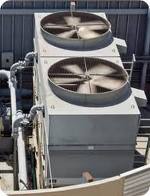 During your next scheduled industrial air conditioning service, you might want to consider requesting an energy audit as well. While you may spend money on commercial HVAC services on a regular basis to ensure your commercial HVAC system is operating properly and not burning energy inefficiently it is important to also know how well your building is holding the heat that your commercial HVAC system is producing. If your building is not holding the hot or cold air your commercial HVAC system is producing, then you’re throwing away money through the leaks. If the service technician tells you your HVAC system seems to be doing well each time you have an industrial air conditioning service inspection but your energy bills seem too high, then energy leaks might be the main culprit.
During your next scheduled industrial air conditioning service, you might want to consider requesting an energy audit as well. While you may spend money on commercial HVAC services on a regular basis to ensure your commercial HVAC system is operating properly and not burning energy inefficiently it is important to also know how well your building is holding the heat that your commercial HVAC system is producing. If your building is not holding the hot or cold air your commercial HVAC system is producing, then you’re throwing away money through the leaks. If the service technician tells you your HVAC system seems to be doing well each time you have an industrial air conditioning service inspection but your energy bills seem too high, then energy leaks might be the main culprit.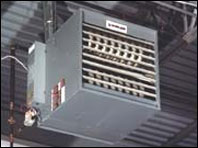 Infrared cameras and infrared thermographs can also be used to detect energy leaks. These will show the temperature differences in various areas of a building. By pointing out where the hot and cold spots are, you can then determine where your energy from your commercial HVAC system is leaking. Again, the auditor should use these tools before and after the building is weatherized to ensure that the leakage problems have been fixed.
Infrared cameras and infrared thermographs can also be used to detect energy leaks. These will show the temperature differences in various areas of a building. By pointing out where the hot and cold spots are, you can then determine where your energy from your commercial HVAC system is leaking. Again, the auditor should use these tools before and after the building is weatherized to ensure that the leakage problems have been fixed.
